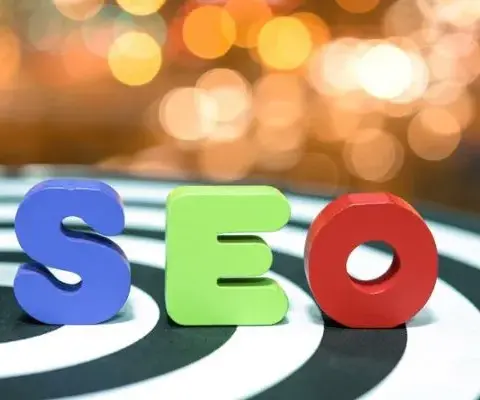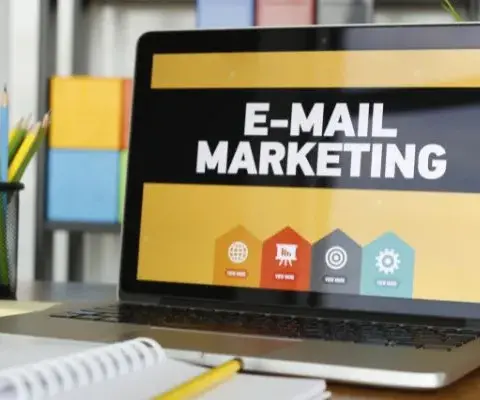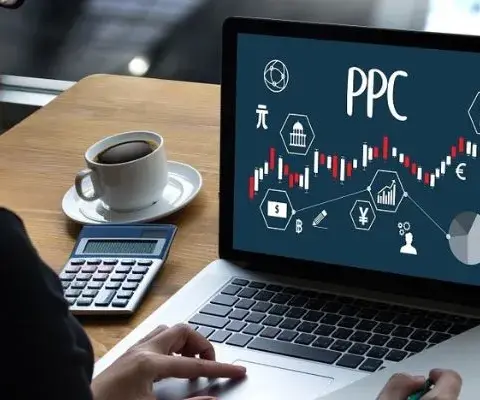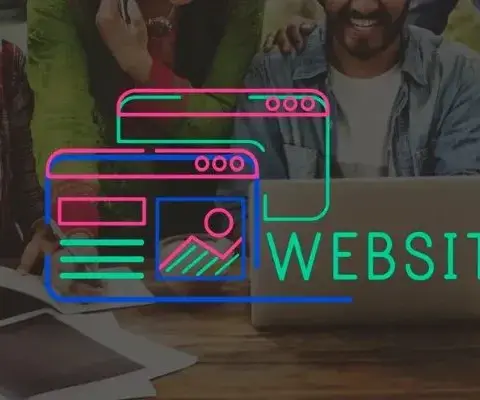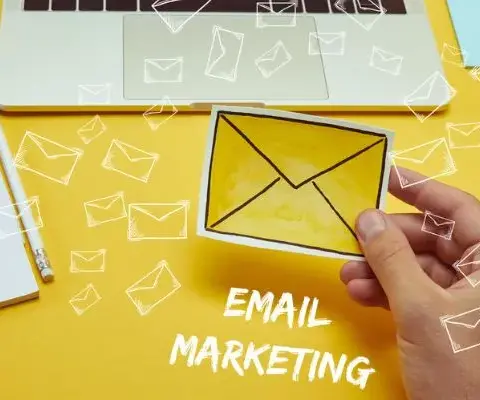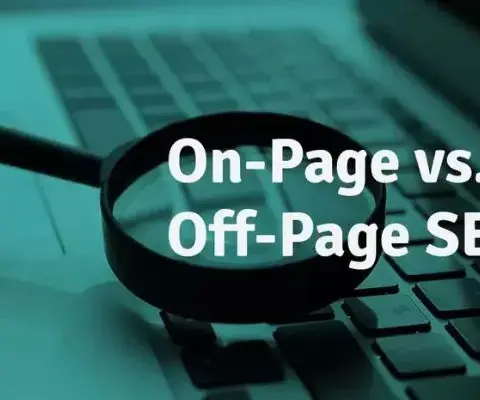The Importance of Data-Driven Marketing for UAE Businesses
Introduction:
In the UAE’s rapidly evolving digital landscape, businesses must quickly adapt to ever-changing consumer behaviors and market trends. Data-driven marketing has become a critical factor, enabling businesses to make informed decisions, optimize their strategies, and achieve tangible success.
Description:
Explore innovative marketing strategies that go beyond traditional advertising methods to attract customers and drive growth.
Unleash the Power of Data
Data-driven marketing relies on using consumer data to guide decision-making and marketing strategy development. In the UAE, where consumers are highly tech-savvy and have extensive internet access, this approach provides businesses with valuable insights into customer preferences, behavior patterns, and demographics. With this data at their fingertips, businesses can segment their audiences, personalize their messaging, and create campaigns that target the right people at the right time.
Competitive Advantage
In a competitive market like the UAE, where consumer expectations are rising and competition is increasing, staying ahead of the curve is crucial. Data-driven marketing gives businesses a significant advantage by enabling precise targeting and personalization, enhancing customer engagement. Whether it’s through search engine optimization (SEO), social media marketing, or email campaigns, leveraging data improves the overall effectiveness of marketing campaigns.
Conclusion
In today’s data-centric world, businesses in the UAE can no longer rely on guesswork in marketing. By adopting data-driven strategies, businesses can not only enhance their marketing efforts but also ensure their long-term growth and success. In a market thriving on innovation, data-driven marketing is key to staying relevant and competitive.



